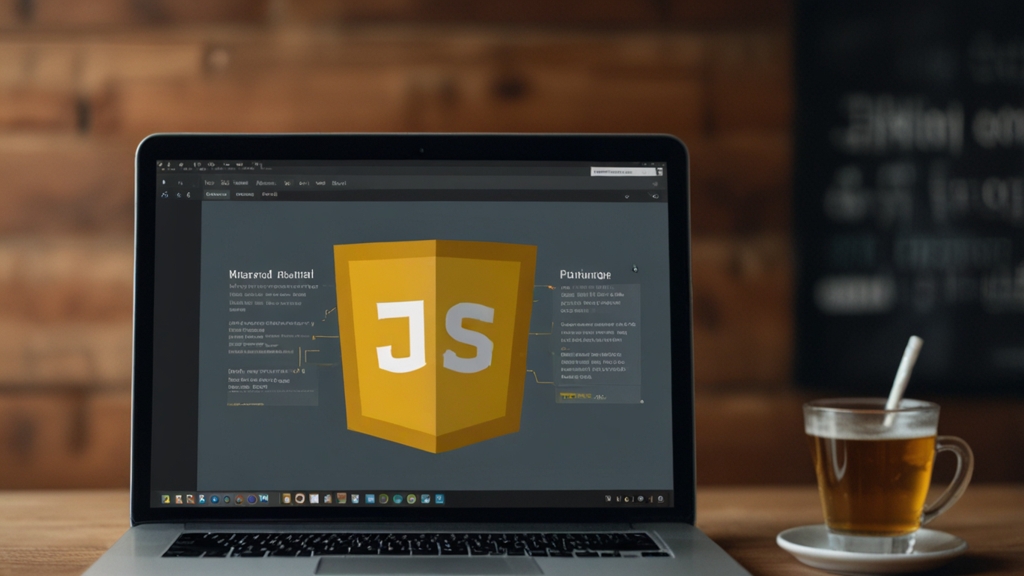How to Choose the Best Front-End Framework for Your Needs
In the ever-evolving landscape of web development, selecting the right front-end framework can make a significant difference in your project's success. With numerous options available, it's crucial to consider various factors to ensure you make an informed decision. This article will guide you through the essential criteria to help you choose the best front-end framework for your needs.
Understand Your Project Requirements
Before diving into the technical specifics of different frameworks, it's imperative to understand the nature of your project. Consider the following questions:
- What is the scope of your project?
- What functionalities are you aiming to implement?
- What is your team's skill level with various frameworks?
- Are you building a single-page application (SPA) or a multi-page application?
Understanding these aspects will help you narrow down the options and choose a framework that aligns with your project requirements.
Performance and Speed
Performance is a critical factor in front-end development. Frameworks such as React, Vue.js, and Svelte are known for their high performance and fast rendering capabilities. Analyze the performance benchmarks and speed comparisons to identify which framework will best serve your needs, especially if your application requires real-time updates or handles a large volume of data.
Community and Support
The strength of a framework's community and the availability of support resources can significantly impact your development process. Established frameworks like React and Angular have large communities, extensive documentation, and numerous third-party libraries and plugins.
Consider the following:
- Does the framework have an active community?
- Is there comprehensive documentation available?
- Are there plenty of tutorials, forums, and online courses?
Having access to a supportive community can expedite troubleshooting and offer valuable insights during development.
Learning Curve
The ease of learning and usage is another crucial aspect. While powerful, some frameworks may come with steep learning curves which could slow down your development process. For instance, Vue.js is often praised for its simplicity and gentle learning curve compared to Angular, which is known for its complexity.
"One of the reasons we chose Vue.js was its gentle learning curve. Our developers could get up to speed quickly, which accelerated our project timeline." - Jane Doe, Front-End Developer
Scalability and Flexibility
Consider how scalable and flexible the framework is. If you're planning to scale your application in the future, you'll need a framework that can handle growth. React and Angular are highly scalable and offer flexibility through their component-based architecture.
Think about:
- Can the framework scale with your application?
- Does it offer flexibility in terms of design and development practices?
Ensuring that the framework can adapt to your future needs is critical for long-term success.
Integration with Other Tools
The ability to seamlessly integrate with other tools and technologies can boost your productivity. Check if the framework is compatible with your existing tools, such as build systems, testing libraries, and state management solutions.
For example, React's integration with Redux for state management and Jest for testing makes it a versatile choice for many developers.
"The seamless integration of React with our existing tools was a game-changer. It streamlined our development workflow and improved efficiency." - John Smith, Software Engineer
Popularity and Industry Adoption
The popularity and industry adoption of a framework can be a good indicator of its reliability and future maintenance. Popular frameworks like React and Angular are widely used in the industry, ensuring that they will continue to receive updates and support.
Consider the following:
- Is the framework widely adopted in the industry?
- Are there plenty of job opportunities for developers skilled in this framework?
Selecting a popular framework can also make it easier to expand your development team, as more developers are likely to be familiar with it.
Conclusion
Choosing the best front-end framework for your needs requires careful consideration of your project requirements, performance, community support, learning curve, scalability, integration capabilities, and industry adoption. By evaluating these factors, you can make a well-informed decision that aligns with your project's goals and constraints.
Ultimately, the right framework is one that matches your team's expertise and project demands, ensuring a smooth and efficient development process.








